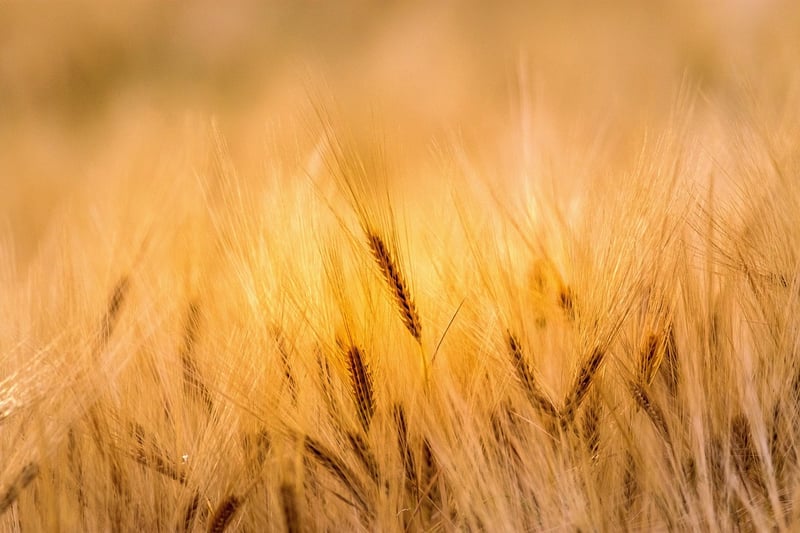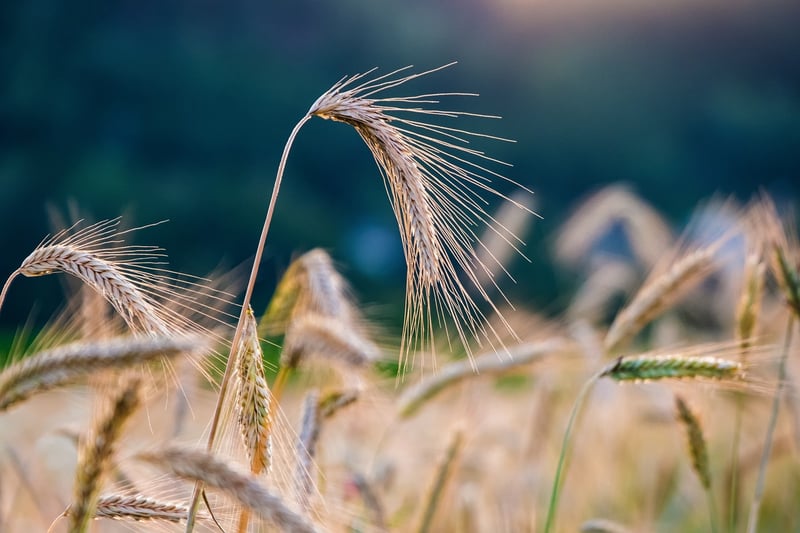Space-saving Crops
Maximizing Crop Yield: Utilizing Vertical Space for Space-Saving Crops

In today's world where arable land is becoming scarcer, maximizing crop yield is essential for sustainable agriculture. One innovative approach gaining popularity is vertical farming, where crops are grown in vertically stacked layers. This method allows farmers to utilize vertical space efficiently and grow more crops in a smaller footprint.
The Benefits of Vertical Farming
- Space Efficiency: Vertical farming enables farmers to grow crops upwards, making it possible to produce a high volume of crops in a limited area.
- Year-Round Production: By controlling the environment indoors, vertical farms can grow crops year-round regardless of external weather conditions.
- Water Conservation: Vertical farming uses less water compared to traditional agriculture methods, as water can be recycled and reused efficiently within the system.
- Reduced Pesticide Use: The controlled environment of vertical farms minimizes the need for pesticides, promoting healthier and more sustainable crop cultivation.
Space-Saving Crops for Vertical Farming
When it comes to vertical farming, choosing the right crops is crucial for maximizing yield and space efficiency. Here are some space-saving crops that thrive in vertical farming environments:
1. Lettuce
Lettuce is an ideal crop for vertical farming due to its shallow roots and fast growth cycle. It can be grown in stacked trays or towers, allowing farmers to harvest multiple crops in a small area.
2. Strawberries
Strawberries are well-suited for vertical farming systems with their ability to grow in hanging containers or towers. They produce high yields and are a popular choice among vertical farmers.
3. Herbs
Herbs like basil, mint, and cilantro thrive in vertical farming setups. They require minimal space, grow well in containers, and are in high demand in culinary markets.
By selecting space-saving crops and implementing vertical farming techniques, farmers can increase their yield per square foot and contribute to sustainable food production for the future.
Embracing innovative methods like vertical farming is key to addressing the challenges of feeding a growing global population while making efficient use of limited agricultural land.

Start exploring vertical farming today and unlock the potential of utilizing vertical space for sustainable crop production!
